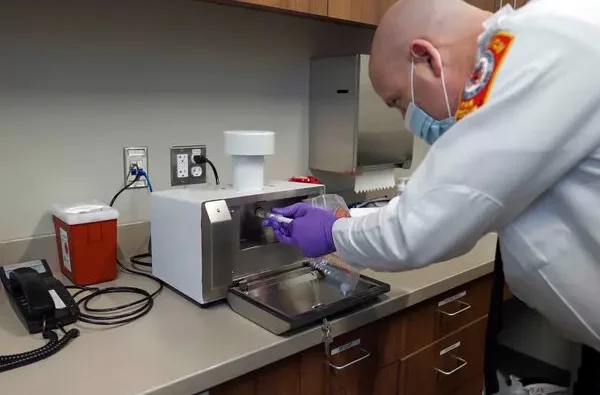
Introduction
Thumb-sucking, a prevalent self-soothing behavior in infants, can become a source of concern for parents as children grow older. In this comprehensive guide, Dr. Scott H. Chandler provides a thorough exploration of the normalcy of thumb-sucking, the challenges it presents as children age, and an extensive treatment plan outlined in easy-to-follow points.
Most Infants Self-Pacify
- Normal and Useful Behavior: Thumb-sucking is deemed appropriate and beneficial for very young children, allowing them to comfort and entertain themselves.
- Commonality in Infancy: Over three-quarters of infants engage in thumb-sucking or finger-sucking during their first year of life.
- Emotional Well-being: Thumb-sucking is often a response to boredom, tiredness, or distress, accompanied by other soothing behaviors like twirling hair or holding onto objects.

Reaching a Merciless Age
- Diminishing Prevalence: As children transition from toddlerhood to preschool, the prevalence of thumb-sucking decreases.
- Social and Dental Concerns: Beyond the age of 5, thumb-sucking can lead to social difficulties and dental problems, including abnormal bites and speech issues.
- Teasing and Avoidance: The “merciless age” marks a time when teasing begins, and children may avoid those who continue to suck their thumbs.
Support, Guidance Key
- Thoughtful Approach: Addressing thumb-sucking in children older than 5 or 6 requires a thoughtful and observant approach.
- Observation before Action: Understanding the depth and frequency of the behavior is crucial before insisting on cessation.
- Avoid Power Struggles: Support and guidance are essential; avoid nagging or reprimanding to prevent power struggles.
- Child Participation: Engage the child in the process by actively participating in a behavioral approach.
Simple Treatment Plan in Points
- One-Month Moratorium:
- Temporarily refrain from discussing thumb-sucking.
- Allow a break from potential power struggles.
- Progress Chart and Stickers:
- Create a chart to track progress.
- Use stickers as rewards at the end of each week.
- Involve the child in decision-making, such as determining slip-up allowances.
- Bitter-Tasting Liquid and Nighttime Measures:
- Apply a bitter-tasting liquid on the nail.
- Consider mittens, gloves, or a finger-splint at night to discourage thumb-sucking.
- Praise and Support:
- Provide abundant praise and support during the treatment period.
- Recognize and reward efforts with extra cuddles, special outings, or new activities.

Dentists Can Help, Too
- Consulting a Dentist:
- If behavioral strategies are not yielding results, consult with a dentist.
- Dentists may recommend oral appliances like “palatal bar” or “crib” to prevent thumb-sucking.
- Persistent Issues and Mental Health:
- Persistent thumb-sucking issues may indicate deeper problems.
- Consult with a mental health professional for additional support if needed.
This comprehensive guide equips parents with a holistic approach to understanding and overcoming thumb-sucking in children. By following these points and strategies, parents can navigate this common childhood behavior with patience, confidence, and success.

Conclusion
In conclusion, breaking the thumb-sucking habit in children is a nuanced journey that requires a blend of understanding, support, and strategic intervention. Acknowledging the normalcy of this behavior in infancy and recognizing the challenges it poses as children grow older is crucial. The key lies in a thoughtful and observant approach, avoiding power struggles, and actively involving the child in the treatment plan. The one-month moratorium, progress chart with stickers, and nighttime measures create a comprehensive strategy. Seeking guidance from dentists adds an additional layer of support. By navigating this process with patience and collaboration, parents can empower their children to overcome thumb-sucking, promoting not only dental health but also fostering emotional well-being.










